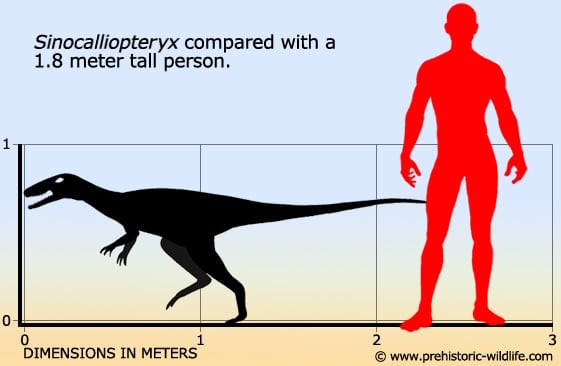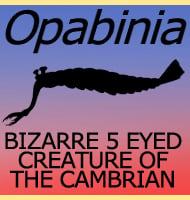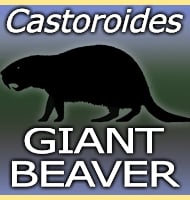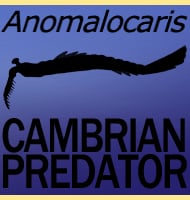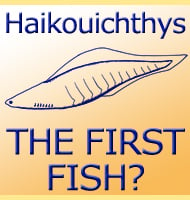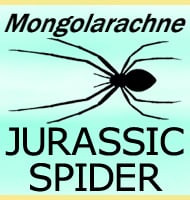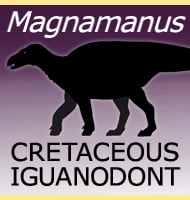In Depth
Given that compsognathids usually grow to just over one meter in length, Sinocalliopteryx is the veritable giant of the group being even larger than others such as Huaxiagnathus. This large size meant that Sinocalliopteryx was not satisfied with the small lizards and mammals usually associated with their smaller kin, and is a notion confirmed by the presence of an articulated leg from a dromaeosaurid dinosaur in its gut. It is without doubt that Sinocalliopteryx ate this leg as the leg is situated between the ribs of the Sinocalliopteryx specimen. Had the leg rested on top or underneath a dead Sinocalliopteryx this position would not have been possible.
This would suggest that the feeding method of Sinocalliopteryx was still similar to smaller compsognathids in that it would swallow body parts rather than pull off small chunks from the bone. Smaller compsognathids like Compsognathus itself have been found with prey like lizards that were swallowed whole. Sinocalliopteryx also had four large stones that are thought to have been gastroliths inside of its abdominal cavity. Although usually associated with herbivorous animals gastroliths are sometimes found in carnivores. Usually the gastroliths of carnivores are larger than those swallowed by herbivores and seem to be present for the purpose of tenderising swallowed flesh and breaking down swallowed bones.
Sinocalliopteryx also displays large ten centimetre long protofeathers over its body. Although these protofeathers probably first evolved for the purpose of insulation, other Chinese dinosaurs from the Yixian Formation such as Sinosauropteryx and Sinornithosaurus display patterning to their feathers. It is still unknown if Sinocalliopteryx had similar patterning, although the colouration of the related Sinosauropteryx seems to have been for defensive purposes to break up its shape and help it to blend into the forest floor. It may have also been to help keep it hidden from predators such as the larger Sinocalliopteryx.
Sinocalliopteryx also had foot feathers, something that was thought to have developed in maniraptorian like Microraptor. The presence of these foot feathers in Sinocalliopteryx indicates that foot feathers had an earlier origin than the maniraptorian dinosaurs.
Further Reading
– A new giant compsognathid dinosaur with long filamentous integuments from Lower Cretaceous of Northeastern China. – Acta Geologica Sinica, 81(1): 8-15 – S. Ji, Q. Ji, J. Lu & C. Yuan – 2007. – Abdominal Contents from Two Large Early Cretaceous Compsognathids (Dinosauria: Theropoda) Demonstrate Feeding on Confuciusornithids and Dromaeosaurids, – PLoS ONE 7(8). – Lida Xing, Phil R. Bell, W. Scott Persons IV, Shuan Ji, Tetsuto Miyashita, Michael E. Burns, Qiang Ji & Philip J. Currie – 2012.
